In her artist’s statement for the ‘Pan-Afrikan Connection’ exhibition held at Coventry’s Herbert Art Gallery & Museum in 1983, Claudette Johnson stressed the singular experience of the black woman. White women experience sexism, she said, and black men experience racism; but there is ‘not yet a word that properly describes the specific and deliberate nature of [the black woman’s] oppression’. The art that Johnson has created in the decades since this statement was made, now on display in the solo exhibition ‘I Came to Dance’ at Modern Art Oxford, seeks to redress this experience by dedicating space to the depiction of black women and the stories they have to tell.
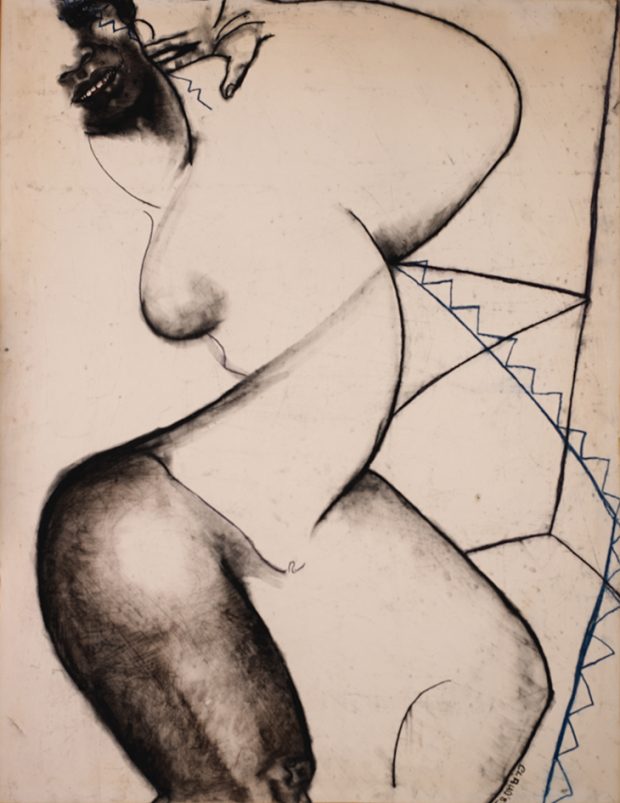
I Came to Dance (1982), Claudette Johnson. Image courtesy the artist and Hollybush Gardens; © Claudette Johnson
The exhibition, which spans three galleries, brings together works dating from Johnson’s time in the Blk Art Group, an association of young black artists founded in Wolverhampton in the late 1970s, and her more recent output, since 2015. The individual figure remains prominent at both ends of Johnson’s career trajectory, from cubist-inspired semi-abstractions, like the 1982 piece that lends the exhibition its name, to the richly detailed exuberance of a work like Standing Figure with African Masks (2018). In both Johnson refers to Picasso and his use of African imagery, but in the 2018 work the subject, who gazes directly at the viewer, is herself confronted by African masked figures. Johnson has described how the woman becomes ‘aware that she must negotiate a relationship’ with these figures ‘moving in from the periphery’ – representations of the historic referents that have determined the possibilities for black subjects in art.
Johnson has long been celebrated as an artist of the body, one whose subjects’ forms exceed the bounds of her large canvases. It was working on these canvases, some measuring three by four feet or larger, that Johnson says freed her mark and made her early work more daring. While she has declared herself ‘not interested in portraiture or its tradition’, Johnson’s mastery – as well as her subversion – of the genre is impossible to ignore. Trilogy (1982–86), a triptych of black female figures dressed in blue, black and red, is a clear example of the artist’s investment in the interplay between pose and gaze: her central subject holds her hands behind her head and gazes directly at the viewer, while the women who flank her look in from the side, effectively pinning the viewer in place and maintaining their own agency.
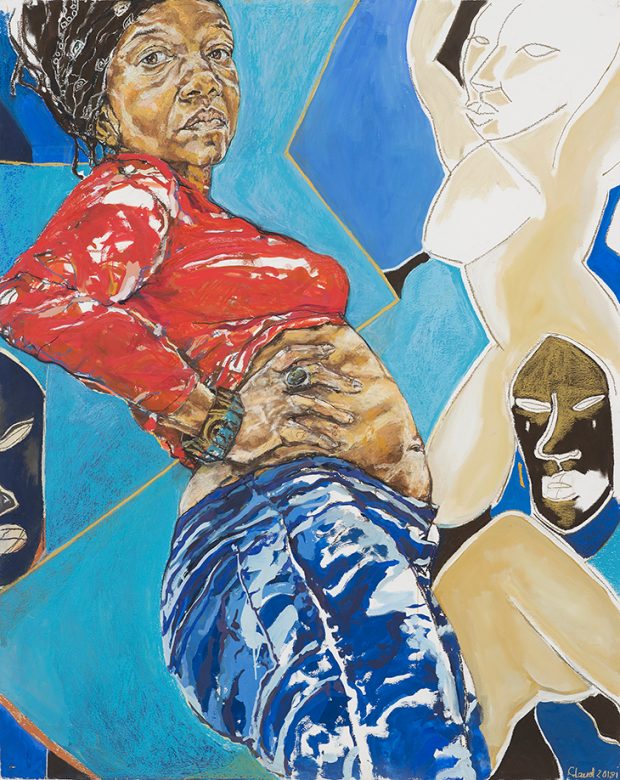
Standing Figure with African Masks (2018), Claudette Johnson. Tate, London Photo: Andy Keate; courtesy the artist and Hollybush Gardens; © Claudette Johnson
Working largely in pastel and gouache on paper, Johnson occasionally experiments with other materials. In Untitled (with wool and leather) (1982), she uses rust-red wool to suggest the blood of menstruation and childbirth, representing what might have previously been considered unrepresentable as intrinsic to the female experience. Elsewhere, this subtle attentiveness to materiality manifests in the canvas itself, which is often wrinkled and ripped at the edges and sometimes held together using masking tape, as in Standing Figure (2017). In this work, the confidence of the figure, who is depicted in simple black lines, contrasts with the taped-together canvas, suggesting the unfinished and haphazard nature of identity – or, perhaps, how black female identities are all too often neglected, discarded.
In a news cycle dominated by stories like the Windrush scandal, which demonstrate the racism and oppression that black British people still must confront, it is clear that Johnson’s work has political urgency, just as it did when she came to prominence in the 1980s. While Johnson asserts that blackness is a fiction created by colonialism, she insists that this fiction ‘can be interrupted by an encounter with the stories that we have to tell about ourselves’. Johnson’s subjects, by turns defiant and wary, funny and challenging, represent the varieties of stories that can be told by, in the artist’s words, ‘Blackwoman presence.’ As Johnson says, ‘I’m interested in our humanity, our feelings and our politics.’ Her art encapsulates all this in the tenderness and wilfulness of the individual human form.
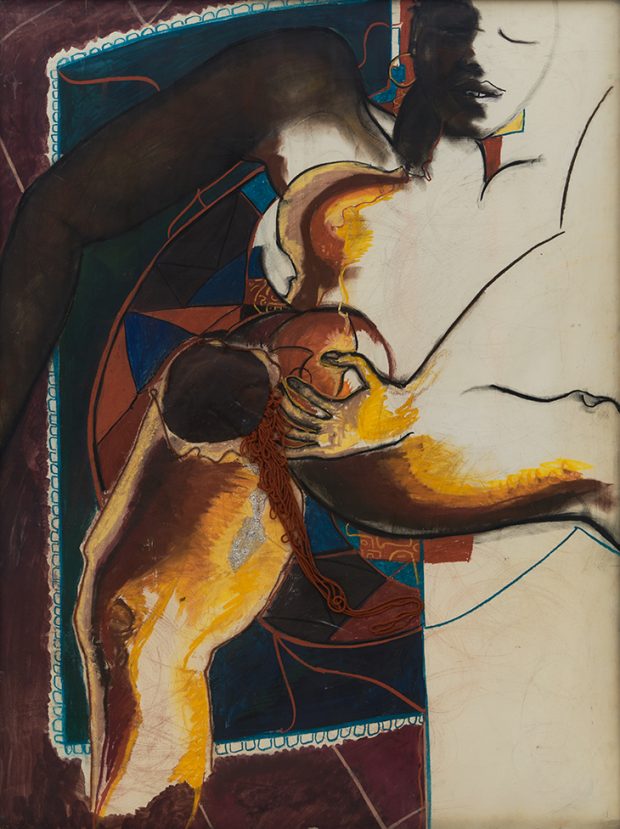
Untitled (with wool and leather) (1982), Claudette Johnson Courtesy the artist and Hollybush Gardens, London; © Claudette Johnson
‘Claudette Johnson: I Came to Dance’ is at Modern Art Oxford until 8 September.
Unlimited access from just $16 every 3 months
Subscribe to get unlimited and exclusive access to the top art stories, interviews and exhibition reviews.

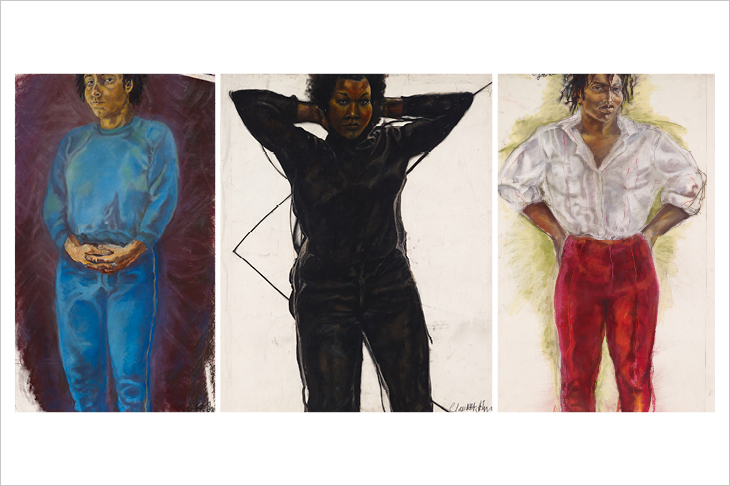
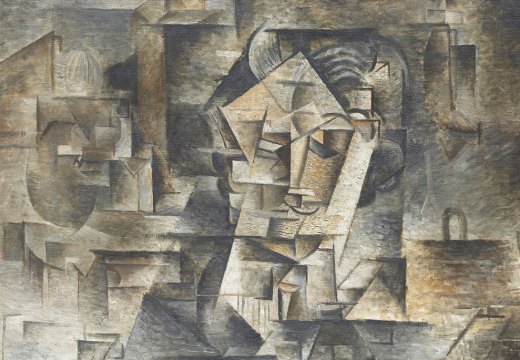
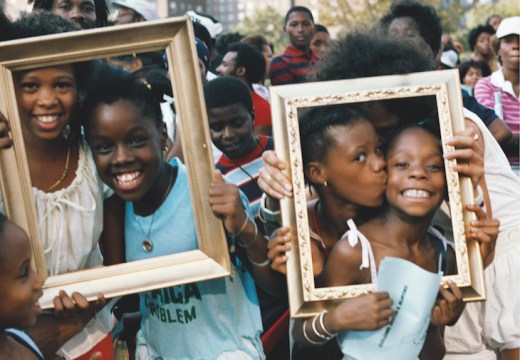
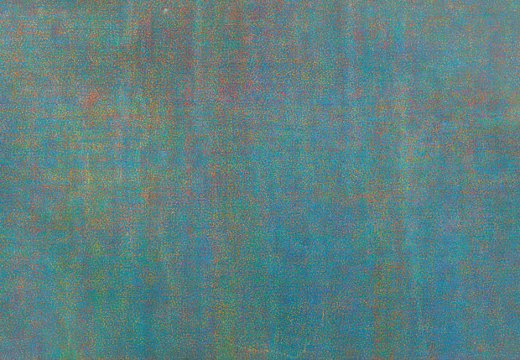









![Masterpiece [Re]discovery 2022. Photo: Ben Fisher Photography, courtesy of Masterpiece London](http://www.apollo-magazine.com/wp-content/uploads/2022/07/MPL2022_4263.jpg)
It’s time for the government of London to return to its rightful home